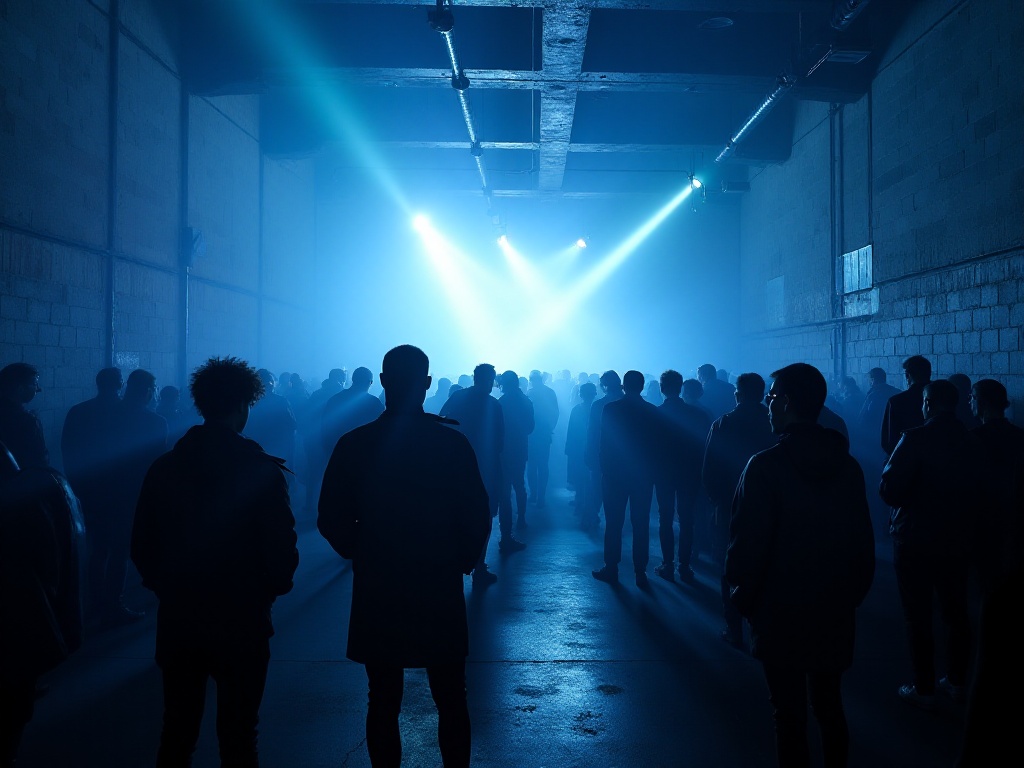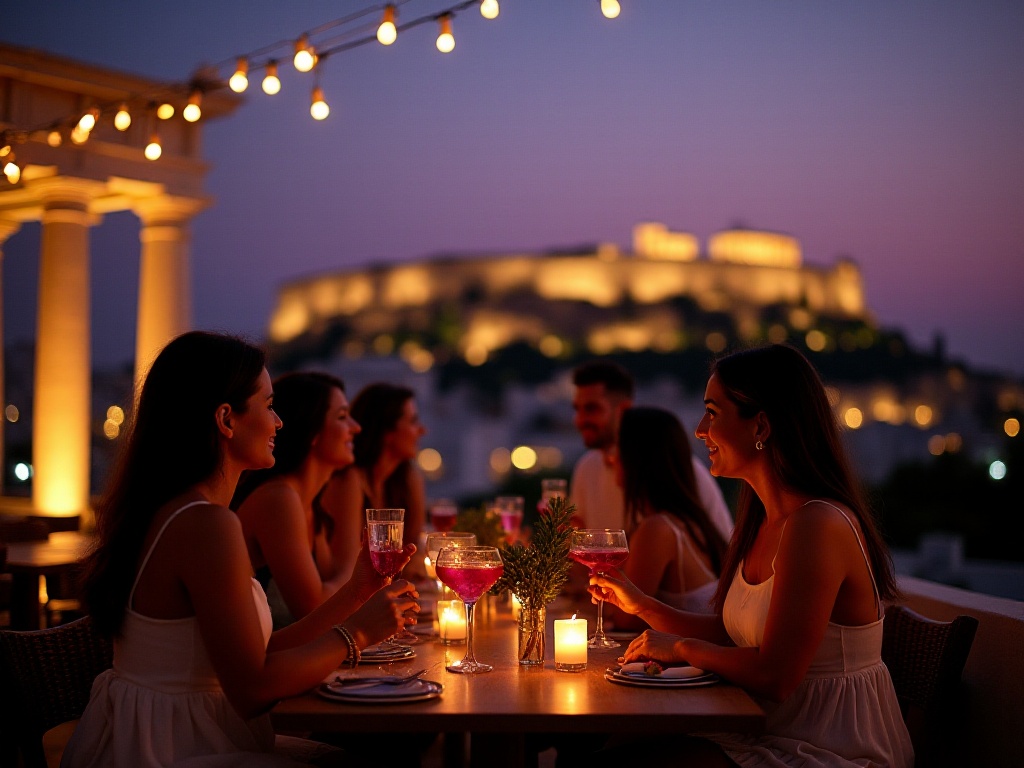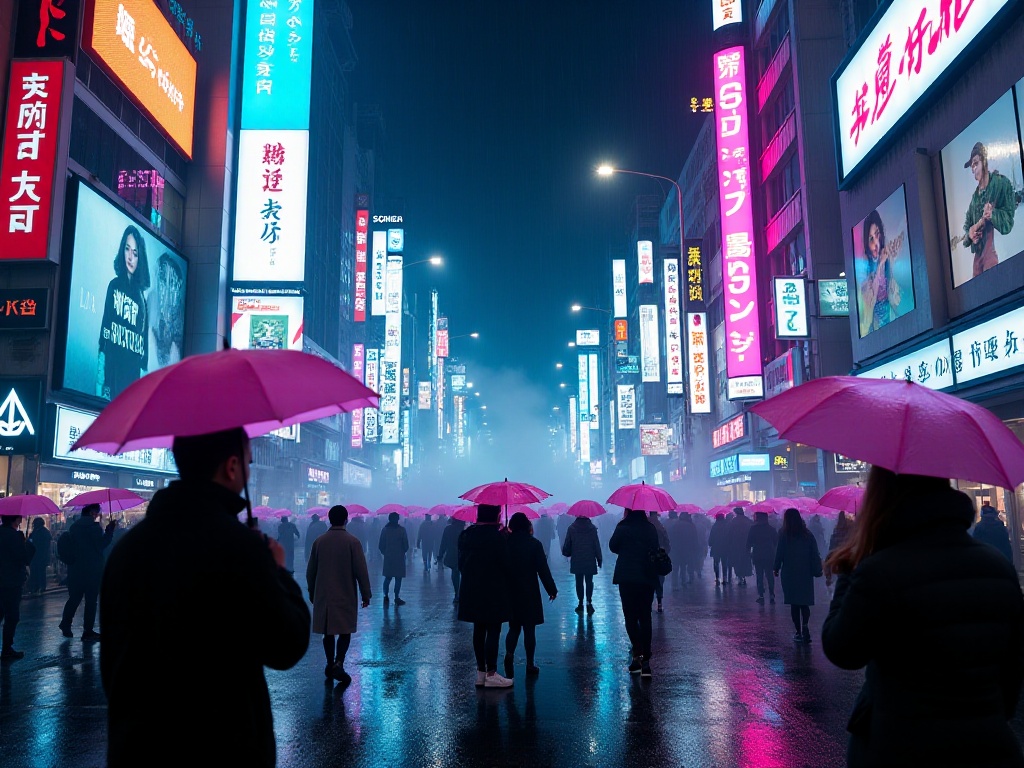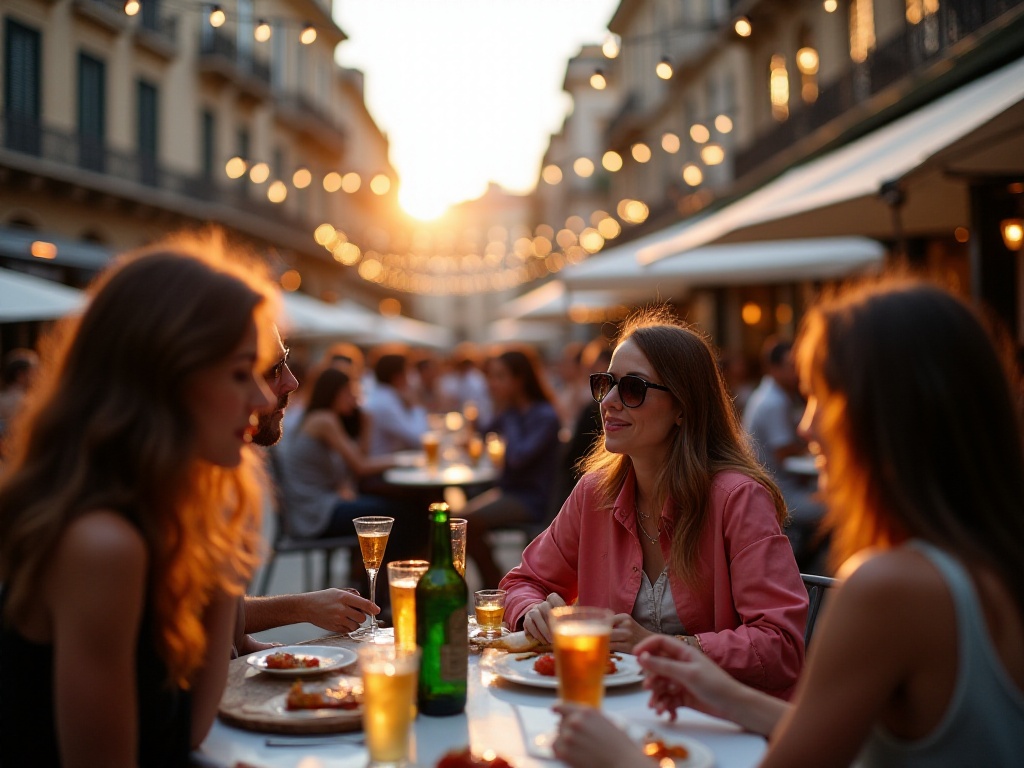Whenever I visit a new city, I feel an urge to party all night. However, as an outsider, it's often challenging to know where and how to enjoy the nightlife. Don't worry though - as a travel blogger who has explored cities worldwide, I've already encountered and overcome numerous challenges. Today, I'll guide you through the nightlife essentials of major global cities, ensuring you can have a great time even in unfamiliar places.
When it comes to nightlife, Shanghai is undoubtedly China's crown jewel. This sleepless city attracts nightlife enthusiasts from around the world with its unique charm.
The Bund's nightscape is world-class. Having a carefully crafted cocktail at a rooftop bar while overlooking Pudong's brilliant lights across the river is a must-do life experience. My personal favorite is Bar Rouge - though pricey, the panoramic view of the Bund is worth every penny. The bartenders are extremely skilled; their "Oriental Pearl" cocktail not only has a refined taste but perfectly blends Eastern and Western elements.
JZ Club on East Nanjing Road offers a different vibe. The live jazz performances every Friday night are simply mesmerizing. I once encountered a band from New Orleans there, and their fusion jazz performance elevated the entire bar's atmosphere to new heights. Sitting at the vintage bar counter listening to the saxophone, it felt like traveling back to 1930s Shanghai.
For a more authentic Shanghai nightlife experience, I recommend Found 158 in Xujiahui. This two-story underground entertainment complex is a paradise for club-goers. From electronic dance music to live rock shows, from Japanese izakayas to German beer houses, it has venues for every taste. I especially recommend Le Baron, a French brand club that has been a Shanghai nightlife benchmark for several years. They feature top-tier DJs and first-class sound systems, and importantly, it's accessible to young people.

In terms of Asian nightlife, Tokyo is definitely a heavyweight contender. The city's nightlife has distinct layers, from casual izakayas to high-end members-only bars, offering something for everyone.
Shibuya epitomizes Tokyo's nightlife. I remember being speechless the first time I stood at Shibuya Crossing, overwhelmed by the flashing neon lights and endless crowds. Nightlife here starts at dusk, with young people typically starting at izakayas for small dishes and sake before moving on to karaoke or clubs.
When it comes to Shibuya clubs, WOMB is a must-mention. This super club in central Shibuya can accommodate nearly 1,000 people and is one of Tokyo's electronic music origins. They regularly invite world-class DJs to perform and have top-tier sound systems. Though the entrance fee isn't cheap, it's definitely worth experiencing. I've been there several times and always meet electronic music enthusiasts from around the world - despite language barriers, everyone connects through the rhythm.
If clubs are too noisy for you, try Golden Gai in Shinjuku. This short alley houses over 200 tiny bars, each fitting only 5-6 people, but the atmosphere is fascinating. My favorite is a bar called "Poet," run by an artistic youth who often hosts impromptu poetry readings. Even though I don't understand Japanese, the artistic ambiance is captivating.
Additionally, Tokyo's late-night dining culture is exceptional. At 3 or 4 AM, walking into any ramen shop in Shinjuku's Kabukicho district for a steaming bowl of tonkotsu ramen while observing the diverse crowd of diners is a unique experience.

When people think of Nordic nightlife, many might assume it's "quiet." However, Nordic people actually have quite rich nightlife. Take Copenhagen for example - this seemingly quiet city comes alive with unexpected energy at night.
My favorite is the nightlife in the Meatpacking District (Kødbyen). Originally a slaughterhouse and meat market, it's now Copenhagen's hottest nightlife area. KB3 is a great spot - this club converted from an old warehouse often hosts experimental electronic music parties with amazing atmosphere. I once heard a Danish DJ perfectly blend Nordic folk music with electronic music there, creating a unique "Nordic electronic" style.
For a more down-to-earth Nordic nightlife experience, beer bars in the Vesterbro district are a great choice. Mikkeller Bar is my favorite - this Danish craft beer brand's bar offers over 20 rotating draft beers, from light lagers to rich stouts. The staff are very knowledgeable about beer and will recommend options based on your taste. Once I stayed until closing time and ended up discussing Norse mythology with the owner, learning that many beer names come from ancient legends.

Athens' nightlife is absolutely the most romantic I've experienced. This historically rich city shows a completely different face at night.
A for Athens rooftop bar in the Plaka district is my number one choice. I remember timing my first visit to arrive before sunset. Watching the sun slowly sink below the horizon, the sky changing from golden to deep blue, and the Acropolis lights gradually illuminating - the whole scene was surreally beautiful. The bartender's recommended "Acropolis Nights" cocktail is also very creative, using local mastiha liqueur as a base, mixed with local citrus and vanilla, creating rich layers of flavor perfect for savoring while enjoying the view.
For a more authentic Athens nightlife experience, the Gazi district is a great choice. This former industrial area is now Athens' busiest nightlife district. Technopolis is an iconic venue - this cultural center converted from an old gas plant regularly hosts music festivals and art exhibitions, transforming into an open-air concert venue at night. I attended a Greek folk rock concert there once, and though I couldn't understand the lyrics, the locals' enthusiastic atmosphere was incredibly infectious.
Athens' late-night dining is also unique. In the early hours, finding an open souvlaki shop in the Monastiraki district, ordering a gyros, paired with a cold Fix beer while watching street performers' impromptu shows makes you feel completely immersed in the city.

Italian nightlife has its unique rhythm and flavor. Unlike other European countries' carpe diem approach, Italians place more emphasis on life's ceremonies.
In Milan, nightlife often begins with aperitivo. This tradition originating from Turin has become an essential part of Italian nightlife culture. Bar Basso in the Brera district is one of Milan's most famous aperitivo bars. Starting at 6:30 PM every evening, ordering just one drink (usually Spritz or Negroni) gives you access to a generous buffet. Parma ham, buffalo mozzarella, various pasta dishes - the variety of food is dazzling. Best of all, most patrons are local Milanese, allowing you to truly experience Italian social customs.
Rome's nightlife has more historical character. The alleys of Trastevere hide countless popular bars, but my favorite is Freni e Frizioni. This bar, converted from an old garage, maintains many industrial-style decorations while staying cozy. Their bartenders are very creative, often making unique cocktails using Italian liqueurs. Once, a bartender made me a cocktail based on Sicilian orange liqueur, adding fresh basil and lemon - the taste was amazing.
For a more authentic Roman nightlife experience, I recommend the San Lorenzo district. This university area is especially lively at night, full of young people. My favorite is a small pub called "Dal Professore," run by a retired university professor. The walls are covered with old photos and books, and students often hold book clubs or poetry readings there.

Mastering global nightlife requires thorough preparation. I usually cross-reference information from multiple platforms: Wikitravel for basic nightlife overviews of destinations, World Travel Guide for more detailed venue recommendations. However, these platforms might not have the most up-to-date information, so I recommend combining them with Instagram and local event platforms for real-time updates.
Regarding budget, spending levels vary greatly between cities. For example, Tokyo club entry fees usually range from 3000-5000 yen, while in Milan, you can enjoy a good aperitivo experience for 10-15 euros. It's recommended to plan your budget before departure to avoid letting financial concerns affect your mood.
Safety is also crucial. It's recommended to go out with companions and keep your belongings secure. If traveling alone, choose busy areas and avoid returning too late to your accommodation. Additionally, many cities' night bus routes differ from regular hours, so check routes in advance or download reliable local taxi apps.

These years of experiencing nightlife around the world have made me deeply appreciate each city's unique charm. Shanghai's modern fashion, Tokyo's tech feel, Copenhagen's experimental spirit, Athens' romantic appeal, and Italy's elegant style are all captivating. Nightlife isn't just about entertainment - it's a window into a city's culture. Through nightlife, you can see a city's most authentic side and feel the locals' lifestyle and values.
Each city's nightlife is like a three-dimensional city guide, telling us about the city's past, present, and future. It contains not only local living habits but also historical and cultural accumulation. For example, Shanghai's jazz bars carry on Old Shanghai's charm, while Rome's industrial-style bars show the city's new vitality.
Through experiencing different cities' nightlife, I've also recognized cultural diversity and inclusivity. In clubs and bars, people from around the world can set aside prejudices and communicate in the purest way. Perhaps this is the charm of nightlife - it lets us temporarily forget differences in identity and status, simply enjoying the present moment's happiness.
 Previous
Previous
